A Short Article on the Okito Box & Other Coin Boxes
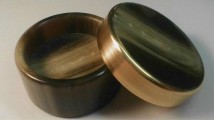
Todd Lassen Okito Box
A Short Article on the Okito Box & Other Coin Boxes |
 Todd Lassen Okito Box |
Compiled by Doug Atkinson
Last Update: 05 Feb 2007 Added photo of Old Style Box
The Okito Box is a small, unassuming box that is just large enough to hold 4-5 quarter, half-dollar or dollar-sized coins (with variations for popular coins of other countries as well). Using this small box and its variations, coins can vanish from the box, reappear in the box, penetrate the box, transpose, and so forth. This is one of those tricks that is often included in Junior magic sets because of the simplicity of design, so careful crafting and execution of the professional performance is necessary to ensure success.
The Okito Box was developed by Theodore Bamberg (1875-1963), otherwise known as Okito, who operated the Bamberg Magic & Novelty Company in New York, USA. The Magic Inventions website (http://magicinventions.com) credits Theo with inventing the Okito box in 1909. However, Mohammed Bey's book states that 1911 was the year of invention. Bobo's New Modern Coin Magic actually states both dates (1911 in Chapter X and 1909 in Chapter XX).
The Okito Box is simple in design, and resembles a old-style pill box with just a base and a lid (see graphics below). Okito boxes are usually made of metal. Brass is most common, but aluminum and steel boxes are also available. You may also find boxes in wood, plastic and other materials, but a good box should have some weight to it to be effective.
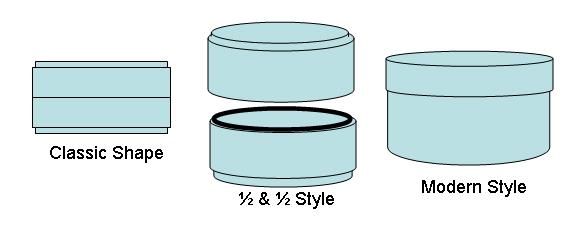
Types of Boxes: Since the original Okito Box was developed, many variants have been produced as well. Some of these include:
Okito Box: As shown above, can come in various shapes. The Mohammed Bey book features an Okito Box with a small hole in the lid and the base, though which a needle can pass. I have also seen some with holes large enough to see the coins inside through. Most boxes today (circa 2000) have solid lids.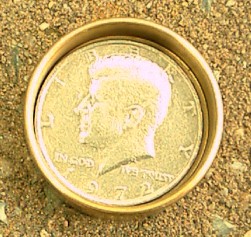 |
 |
Photos: below are some additional photos of Okito Boxes
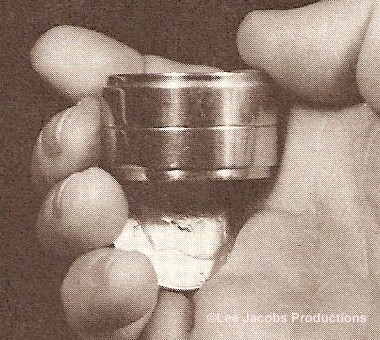 |
"Old Style" ½ and ½ Style. Photo ©Lee Jacobs Productions from J.G. Thompson's Miracle Makers book |
|
|
Todd Lassen Okito Boxes (Samples; used with permission) |
|
|
Jim "Zee" Zachary Okito Box |
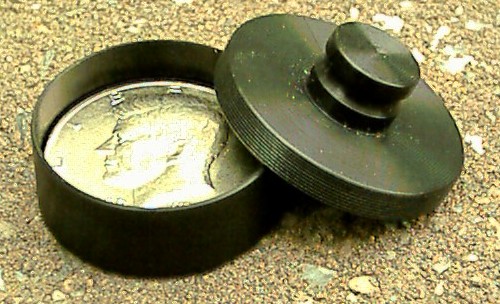 |
Aluminum Okito Box (originally purchased from Tannen's) |
Magic Home Page Magic Reference Page